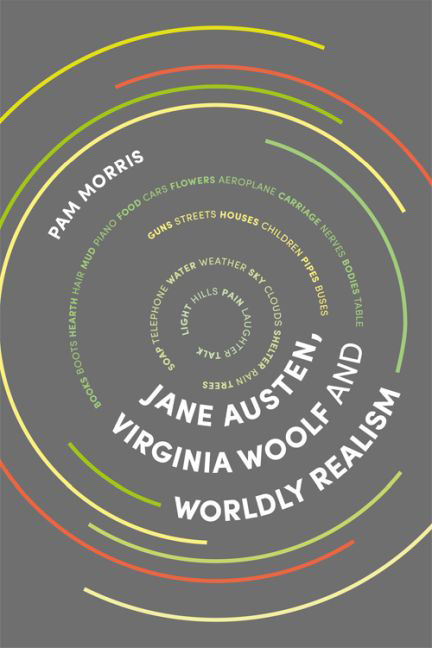6 - The Years: Moment of Transition
from Part III - Guns and Plumbing
Published online by Cambridge University Press: 20 April 2017
Summary
There seems a pleasing comic irony in setting the conclusion of The Years (1937), a novel charting the disintegration of the bourgeois family, in the office of an estate agent. This location accords with Woolf's own anti-individualist ambition for the future of the novel, that it will ‘escape a little from the common sitting room’. As I have suggested, from Sense and Sensibility through to Persuasion, Jane Austen propels her female protagonists out from the patriarchal place into ever wider, more socially heterogeneous spaces. A similar process can be traced in Woolf's fiction. In To the Lighthouse and Mrs Dalloway, a culminating meal or party in the private home is the location for the dropping away of individualism, division and differences in an experience of shared commonality, a moment of common life. In The Waves, this experience of shared being occurs in the public space of a restaurant among those who have no family ties. The culminating party in The Years is located in a commercial office whose sole function depends upon social mobility. The occasion produces no moment of shared communality among the heterogeneous guests. This is perhaps unsurprising since in The Years, Woolf explores the challenges as well as the desirability of the common life, underpinned by shared creaturely necessity.
That the greater part of the ‘Present Day’ section of The Years takes place amidst sales notices for desirable domestic properties would have been taken by Woolf's first readers as indicative of the novel's topicality. During the whole of the 1930s, housing was an issue rarely out of the news. ‘We are all housing reformers now’, declared the New Statesman in 1935. Also in 1935, the Archbishop of York spoke out on the subject of housing conditions, as did the Prince of Wales in 1933 and H. G. Wells, Rose Macaulay and Hugh Walpole in a letter to the New Statesman that same year.
- Type
- Chapter
- Information
- Jane Austen, Virginia Woolf and Worldly Realism , pp. 167 - 197Publisher: Edinburgh University PressPrint publication year: 2017

